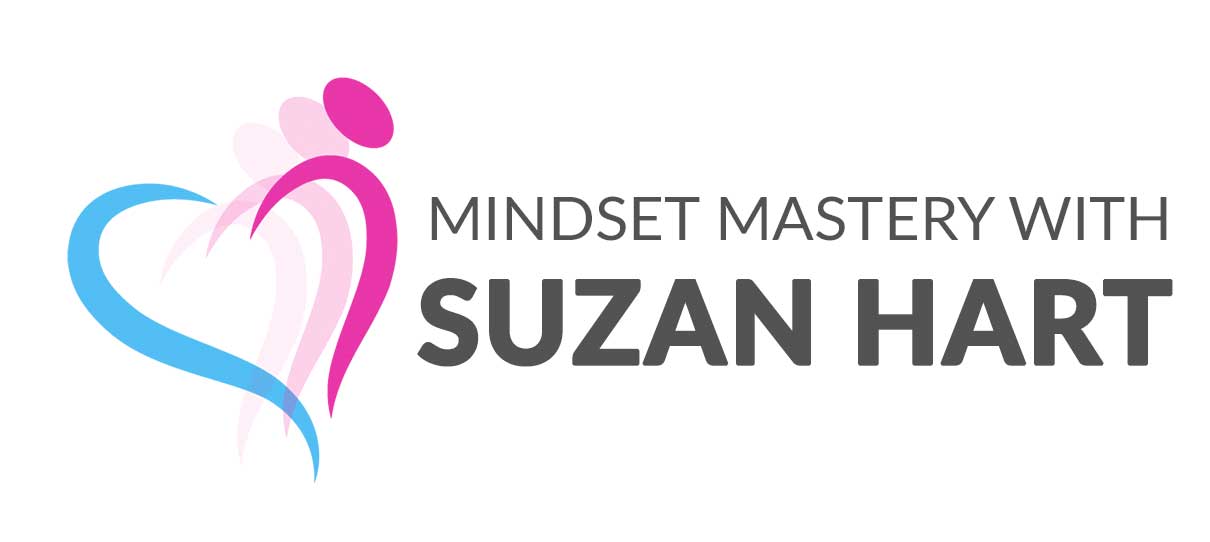“The ignoring of differences is the most fatal mistake in politics or industry or international life: every difference that is swept up into a bigger conception feeds and enriches society; every difference which is ignored feeds on society and eventually corrupts it.”
~ Mary Parker Follett
As equity and inclusion became the buzzwords of recent years, organizations formed committees and passed policies as they attempted to make their workplaces and boards more inclusive. However, Equity and Inclusion cannot stop at policy and hiring; it’s a responsibility that requires examining our beliefs and reshaping an organization’s culture.
I remember an invitation to speak on diversity, equity, and inclusion. I struggle with this topic because the topics asked often differed from what I believe is needed.
As I prepared for this engagement, I stared at a blank screen, still uninspired. No matter how I prepared, nothing seemed right. The next morning, as the host greeted me, I still had no idea what I wanted to say. I prayed that something in the discussion would inspire me before I was introduced.
As faith would have it, my prayer was answered.
As I listened to the dialogue, I heard the words “integration” and “assimilation” used interchangeably. At that moment, I knew my topic.
The Week’s Mastery Tip:
Diversity, Equity, and Inclusion Is a Mindset!
Equity and inclusion will only be possible if we understand the difference between integration and assimilation.
That morning, I opened my talk with these two questions:
How many of you get nervous when you hear diversity, equity, and inclusion? As people in the room laughed uncomfortably, almost everyone raised their hands.
My response…Me too!
Then I asked, who amongst you understands what diversity, equity, and inclusion ask of you as leaders and citizens? This time, no one raised their hands.
My response…Would it be okay if I did my best to give you my thoughts on the meaning of each word and what I believe they ask of all of us?
I began by sharing that regardless of the past, we must ask ourselves if we are willing to create organizations, teams and communities where all men and women meet each other on equal footing. Environments where we are given the right to self-determination rather than being limited to how others see and define us.
If our answer is yes, it becomes crucial that we are clear on what diversity, equity, and inclusion genuinely mean. Our definition will determine our beliefs and mindset and whether our end goal is integrating or merely assimilating individuals from diverse backgrounds into our existing organizational culture.
Let’s examine the subtle distinction between each of the terms.
Companies with higher levels of diversity are 70% more likely to capture new markets. Diverse teams bring varied perspectives that are crucial for understanding different customer needs and expanding into new markets.
Assimilation:
While assimilation sounds good, it demands that individuals adopt the dominant culture’s ways, often at the expense of their own culture. In the context of leadership, this approach does not encourage our expression of our differences. As a result, it can stifle creativity, diminish authenticity, and alienate those who feel pressured to conform. It’s a mindset that can perpetuate exclusion and inequality rather than eradicate it.
Multiculturalism:
While many believe multiculturalism is the goal of diversity, equity, and inclusion, it still falls short. In a multicultural organization, people are encouraged to retain and share their cultural identities, enriching the workplace with diverse perspectives and experiences. However, while multiculturalism invites diversity, it does not ensure equity. In these workplaces, a sense of marginalization exists as inclusion is experienced as superficial window dressing. This organizational mindset often leaves individuals feeling unheard and powerless to effect change and access opportunities for advancement.
A study by Boston Consulting Group found that companies with more diverse management teams have 19% higher revenues due to innovation.
Integration:
Unlike multiculturalism, integration is about more than just bringing people from different backgrounds together. It’s about incorporating them as equals with their unique cultures, experiences, and perspectives. In an integrated organization, leadership goes beyond mere inclusion – this mindset is about fostering a culture where difference is not just present and tolerated but respected and seen as an organization’s strength.
Integration challenges our biases, stereotypes, and unexpressed beliefs as it requires an organization to ensure that all voices are heard and all contributions are valued equally. Integration further expands our mindset as it requires that we do not see equity as treating all individuals the same; instead, equity recognizes that different people have different needs, circumstances, and barriers. It demands we provide resources, opportunities, or support in a way that levels the playing field.
As I closed my talk that morning, I reminded the audience that our country can legislate equality; however, it is our choice to develop the mindset and beliefs that give that legislation life.
67% of job seekers consider diversity an important factor when evaluating companies and job offers. Organizations known for diversity and inclusion often have a better reputation and attract top talent.
Before integration can occur, we must acknowledge and examine our hearts and challenge our beliefs as we prepare for the work ahead.
As the audience stood to applaud, I was both relieved and inspired.
Diversity, equity and inclusion are more than a committee or a policy; it’s a courageous conversation that challenges our mindset. I invite you to join the conversation and get your Free copy of the Mindset Mastery Playbook.
In partnership and purpose,
Suzan

